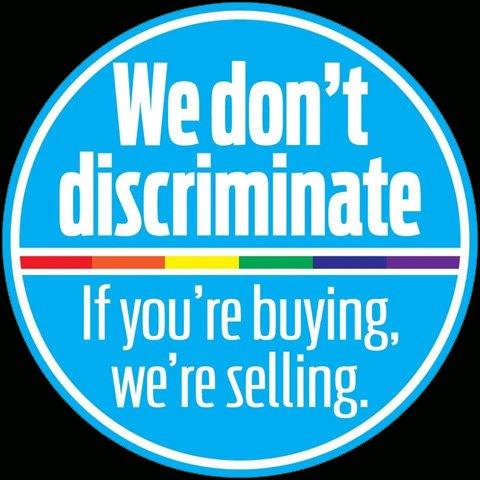 Our friend called us last week and recommended a new brand of granola. Guess what? We went right out and bought it! Why? Because we trusted our friend. And ultimately, isn’t that the very best form of advertising, a personal referral from an “advocate”?
Our friend called us last week and recommended a new brand of granola. Guess what? We went right out and bought it! Why? Because we trusted our friend. And ultimately, isn’t that the very best form of advertising, a personal referral from an “advocate”?
Personal Referrals
This type of advertising works because it has three essential elements:
- A high degree of credibility. It’s our friend, right?
- An implied warranty. She’s putting her relationship with us on the line.
- Personal. She’s recommending it to us.
All other types of advertising wish they were that effective. So they try to use some parts of these elements to convince you and me to make the buy. But beyond that, if they are successful and we do like their product, they hope we too will spread the word to our friends. Even conventional advertisers know that personal referral is still the most effective form of advertising.
Metrics or Bet Tricks
The purpose of advertising is to make sales happen. Plain and simple. Don’t let the advertisers sell you on features they can measure that don’t necessarily result in sales. Don’t buy into metrics like time on a page, number of clicks, or re-tweets and bet they will make sales happen.
Sure, it can be argued that these indicators somehow are a precursor to sales, but you will be hard-pressed to find an advertiser who will work on a percentage of ROI, or even agree to get paid the first ROI attributable to their ad. No. They want to get paid whether or not the advertising works!
Lemmings to the Sea
“Everyone else is doing it, you’ll be conspicuous by your absence, and it takes time to gain traction” may all be true, but they don’t necessarily result in sales. Advertisements do, however, result in costs! Big costs! So be careful. Just because you see everyone else spending a bundle on ads, doesn’t mean it’s right for you, your product, or your customers.
The advertisers know you want to get the word out and they will gladly take your money for impressions, eyeballs or whatever you are willing to pay for. But remember, the best type of advertising is happy customers and personal referrals. So focus on quality control and customer service.
Non-Traditional Advertising
At Barefoot, we couldn’t afford traditional advertising, but when we were asked to donate our products to a non-profit and we saw the sales surge in their neighborhood, we realized that there was more than one way to get the word out.
By supporting worthy causes in the neighborhoods surrounding the stores where our products were for sale, we gave the members of those non-profits a social reason to support and promote our products to their families, friends, and co-workers.
Even when we could afford traditional advertising, we stuck with what we called Worthy Cause Marketing because we could measure the results, it was focused, and it was the fastest way to turn prospects into advocates.
The Gift They Give
One of the best types of digital advertising we have seen is couponing through personal messaging. Your customer shares their satisfaction with their following and forwards a coupon to them to get a discount. This is a double whammy because it’s from your friend, and there’s a consideration attached!
Then, moving out from that might be ad words, but they are only as good as your ability to target your perfect customer profile. And even then, it’s a crapshoot because it’s impersonal and based on a wide toss of the net to get a very few fish.
Then there’s the always popular email campaign with intricate strategies of how to get the addressees to know, like, and trust you and then take action. These are very expensive and questionably effective. Everyone’s email is already overloaded. And the open rates are falling fast as they become crammed with junk, like old-fashioned snail mailboxes.
The Point of Sale
There are many different types of advertising. Advertising media may include print, signage, online, social, radio, TV, and outdoor. But when you are competing for eyeballs and customers in the harsh retail environment, one type clearly outshines the others.
If you are selling a product and you are lucky enough to get retail distribution, we can tell you what worked best for us: in-store ads also known as point of purchase merchandising materials, such as display cards and signs, shelf signs and even small ads affixed right to the products.
The only place where the customer, your product, their money, and their decision all come together is called the point of sale. It is, from what we’ve seen, the most powerful. It is immediate. No need to remember an ad they’ve seen elsewhere. It is compelling, so you, as the producer, are forced to get the reasons to buy down to the essentials. And it is convenient. The product is right next to or attached to the ad.
Conclusion
You must get the word out somehow. Just make sure it goes to the right people who have a need for your product. Also make sure it’s in the right place, where they can take action if they are motivated. People are skeptical of advertising so keep your quality and service to the level that, after they try your products, they will feel compelled to share what they’ve discovered. You want them to say, “That’s my brand! You should try it!”


